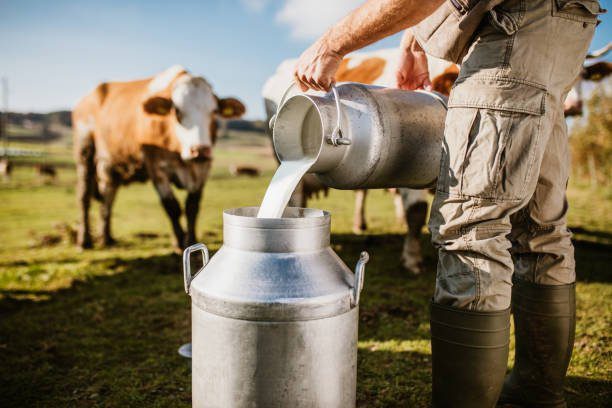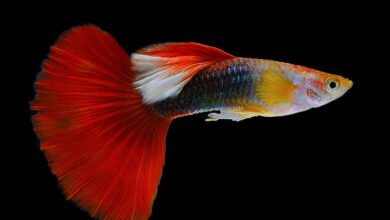Feasibility study of livestock farming

Feasibility study of livestock farming
Feasibility study of livestock farming Feasibility Study for a Livestock Farming Project Livestock farming is a popular agricultural activity in many countries. It provides opportunities to obtain various animal products such as meat,
milk, wool, and leather, in addition to creating job opportunities and boosting the local economy. This study aims to evaluate the feasibility of a livestock farming project and its economic and environmental benefits.
Part One: Market Analysis In this section, we will analyze the local and global market for livestock products such as meat, milk, and wool. We will review the expected demand, available supply, and future industry forecasts. We will also study the competition, business opportunities, and factors affecting product prices.
Part Two: Technical and Production Aspects Here, we will review the technical requirements of the livestock farming project. We will determine the suitable type of livestock for the project and explain the appropriate care, feeding, and breeding processes. We will also determine the required area, necessary equipment, and estimate the costs associated with infrastructure and agricultural supplies.

Part Three: Financial Aspects In this section, we will estimate the investment costs needed to establish and operate the livestock farming project. We will identify the costs of purchasing animals, farm equipment, labor, marketing, and maintenance. We will also analyze the expected revenues from product sales and calculate profit margins and the payback period of the capital.
Part Four: Environmental and Social Assessment In this section, we will discuss the environmental and social impacts of the livestock farming project. We will address issues such as the sustainability of natural resources, animal welfare, and the impact on the local environment and community. We will explore best practices to minimize negative impacts and promote sustainability.
Part Five: Economic Evaluation In this part, we will assess the economic aspects of the livestock farming project. We will calculate the fixed and variable costs associated with production and operation. We will analyze the expected revenues from product sales and estimate potential profits. We will calculate financial performance indicators such as return on investment, the payback period, and profit margins.
Part Six: Strategic Analysis In this section, we will analyze the strategic factors that should be considered in the livestock farming project. We will study industry trends, technological developments, and potential legal and regulatory changes that may affect the industry. We will identify the project’s internal strengths and weaknesses and the external opportunities and threats to consider.
Part Seven: Planning and Implementation In this section, we will provide a detailed plan for implementing the livestock farming project. We will outline tasks, responsibilities, timelines, and required resources. We will also address marketing strategies, product promotion, and suitable distribution methods.
Part Eight: Evaluation and Monitoring In this section, we will explain how to evaluate and regularly monitor the performance of the livestock farming project. We will identify key performance indicators and compare actual performance to set goals. We will provide improvement and adjustment strategies if necessary.
Conclusion: Livestock farming is a project with many opportunities and challenges. This industry requires deep knowledge of technical, economic, environmental, and social aspects. By conducting a comprehensive feasibility study and accurately evaluating all related factors, a livestock farming project can be a profitable and sustainable investment. Investors should pay attention to details and make informed decisions to ensure the project’s success and achieve the desired financial return.
Livestock farming can be a profitable investment and a good opportunity to achieve financial returns and boost the local economy. However, investors should conduct a comprehensive feasibility study to evaluate the opportunities, challenges, and potential risks. They should consider the economic, technical, environmental, and social aspects to ensure the success of the livestock farming project.
Feasibility study of livestock farming Feasibility study of livestock farming Feasibility study of livestock farming Feasibility study of livestock farming Feasibility study of livestock farming Feasibility study of livestock farming



